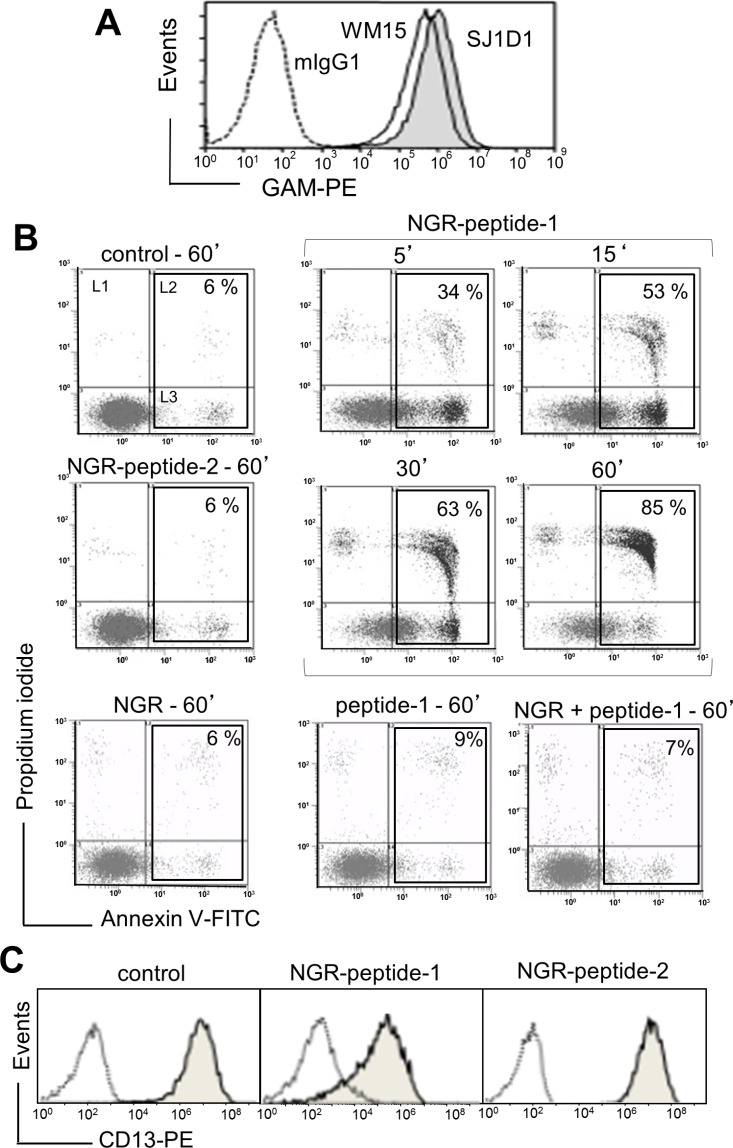Figure 1. The CNGRC-GG-D(KLAKLAK)2 peptide induces cell death in U937 cells.
(A) U937 cells were incubated with anti-CD13 mAbs (SJ1D1 or WM15) or mIgG1 (negative control), stained with GAM-PE and then analyzed for surface CD13 expression by flow cytometry. (B) U937 cells (2 × 105/ml) were treated with 50 μM CNGRC-GG-D(KLAKLAK)2 (NGR-peptide-1) or 50 μM CNGRCGG-LVTT-OH (NGR-peptide-2, the negative control) or 50 μM CNGRC-G (NGR) or 50 μM D(KLAKLAK)2 (peptide-1) or a combination of 25 μM NGR and 25 μM peptide-1for the indicated times. Detection of cell death after annexin-V-FITC/PI staining and flow cytometry. Results are expressed as the log PI fluorescence intensity (on the y axis) vs. log annexin-V-FITC fluorescence intensity (on the x axis). Dead cells are highlighted in the box and the proportion (L2 + L3 gates) is shown in the Figure. One representative experiment is shown here, and experiments were repeated at least four times. (C) U937 cells (2 × 105/ml) were cultured for 10 min in the presence of absence of NGR-peptides (50 μM). Cells were stained with mIgG1-PE (negative control; white peak) or anti-CD13 (SJ1D1)-PE (grey peak) and then examined by flow cytometry.

